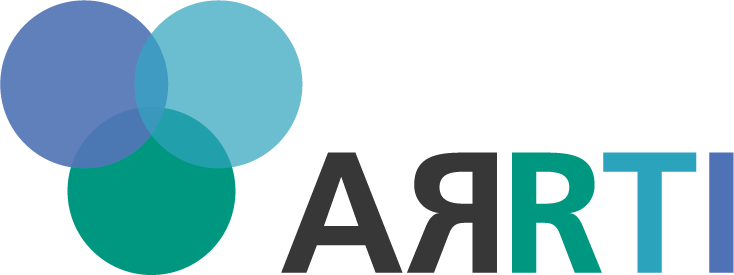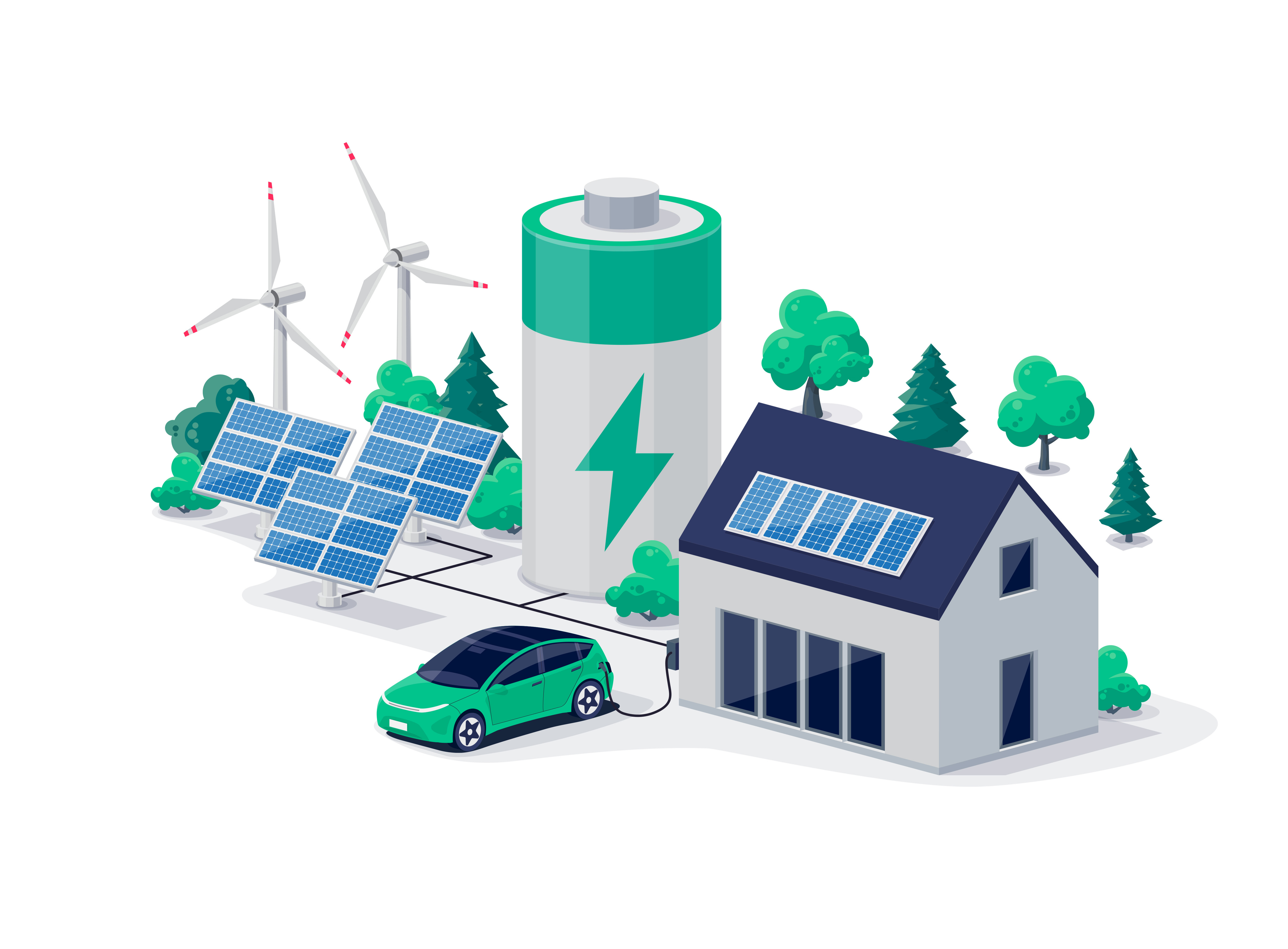KIT Responsible Innovation Challenge
The Winners!
Loop reactor for hydrogen production and storage by reacting iron with water
by Dr.Ing. Fabian Hagen and Dr.-Ing. Björn Stelzner Engler-Bunte-Institute, Combustion Technology
Climate-neutral hydrogen production is one of the keys towards achieving global climate goals. Basically, the water/iron reaction (3 Fe + 4 H2O → Fe3O4 + 4 H2) allows direct production of hydrogen from water, without the use of fossil fuels. Since iron is a widely available and inexpensive element, the reaction route could be a cost-effective and sustainable method for hydrogen production. Moreover, hydrogen can be both produced and stored as needed. Thus, the reaction route holds the potential for a continuous energy supply, which is particularly important for balancing fluctuations in renewable energy production.
Within this project a loop reactor with a tailored Fe matrix of high cycling stability is to be developed, aiming at decentralized, fast, and clean hydrogen production from water vapor by conversion of Fe into Fe3O4.
|
Hochskalierung und kommerzielle Bereitstellung von Preußisch Weiß als Aktivmaterial für Natrium-Ionen Batterien
by Büchele, Sebastian Institut für Angewandte Materialien – Energiespeichersysteme, Gruppe Synthese und keramische Pulvertechnologie
Bei stationären Batterien sind Preis und Verfügbarkeit entscheidend ... wenn sie in Verbindung mit erneuerbaren Energien für die Frequenzregulierung des Stromnetzes und als Kurzzeitspeicher für Spitzenlasten eingesetzt werden, wird die Zahl dieser Batterien weltweit enorm sein. Dann kommen nur noch reichlich vorkommende Elemente in Frage. Natrium- Ionen Batterien können bei richtiger Materialwahl für die positive Elektrode diese Anforderungen erfüllen. Wir haben ein solches Material für die positive Elektrode entwickelt. Es gehört der Materialklasse der Preußisch Weiß Analoge an. Dabei setzen wir auf eine wenig energieintensive Synthese bei niedrigen Temperaturen und geringem Druck. Die Synthese von exzellenten Materialien mit einer hohen spezifischen Kapazität bedarf jedoch stark verdünnten wässrigen Lösungen, weswegen für hohe Syntheseausbeuten große Volumina erforderlich sind.
Unser Ziel ist es, die Syntheseausbeute zu maximieren und den Syntheseprozess so zu optimieren, dass er in kostengünstigen Maschinen bspw. aus der Lebensmittelindustrie erfolgen kann. Bei Erfolg des Projekts ist eine Ausgründung vorgesehen, um das Preußisch Weiß an Forschungsgruppen und die Industrie zu vertreiben. |
Dates 2023/01
| Application deadline: | April 14, 2023 |
| Grant decision: | May 15, 2023 |
| Grant start date: | July 1, 2023 |
What's the Topic 2023/01?
About 1,500 researchers at KIT are working on a reliable, safe, and sustainable energy system for the climate-neutral society of the future. At one of the largest energy research centers in Europe, they are tackling a challenge that is fundamental for the existence and further development of our society: The transformation of our energy system. One of the priorities is energy storage. (Source)
The KIT Academy for Responsible Research, Teaching, and Innovation (ARRTI) promotes this research and, with the Responsible Innovation Challenge, offers support to KIT employees for the realization of projects in the field of energy storage that demonstrate ethical awareness in a special way.
Who can participate?
At the time of application, you are a PhD student or a research associate at KIT. You are working alone or in a team on a product, process, or service in the field of energy storage, based on know-how from KIT and with the transfer to practice as a goal.
What does ARRTI offer?
Financial support
The maximum amount granted is 80,000€. Projects with a duration of up to one year can be funded.*
| *Grants are made available for projects for a limited period of one year and may be spent on personnel, material, and investment funds in accordance with the state budget regulations. Any funds not spent during the funding period revert to the overall budget. The projects are funded from within the University of Excellence as KIT projects. Funding under the challenge can also be used to carry out preliminary work for a later spin-off. The planning of funds is subject to strict annuality. Funds planned for the respective year must be spent in the planned year. |
Non-material support
Participation in the ARRTI Academy Fellowship Program (pilot phase).*
| *The Fellowship Program offers the opportunity to participate in ARRTI (networking) events, to interact closely with the ARRTI Academy, and incorporates other ARRTI offerings (e.g., ethical reflection sessions, innovation coaching). |
What are the requirements?
The ARRTI Challenge
With the Responsible Innovation Challenge, ARRTI rewards ideas that demonstrate ethical awareness in a special way: You don't just want to take responsibility and do good. You also think about the appropriate, responsible way to achieve your goal and which means to use in a responsible way. Doing good and doing it in a good way is thus the guiding principle of your responsible innovative idea.
Participation in the Challenge
In the application document, describe on 2 pages why your project 1. pursues a good purpose and 2. how the purpose is realized in a good way. The application template, which asks for further information such as project planning, can be found in the download area of this page.
Completed applications can be submitted by the application deadline as a PDF via e-mail.
Decision process
The projects are selected by an independent jury of KIT professors according to a list of criteria.* The evaluation of the applications by the jury is "person-blind", personal data serves only the administrative work.
|
*Project ideas submitted will be evaluated based on five criteria:
|
Contact us
Do you have any questions? Then please feel free to send us an e-mail. If needed, we are also happy to offer a personal meeting.
Downloads
Editing status: March 21, 2023


